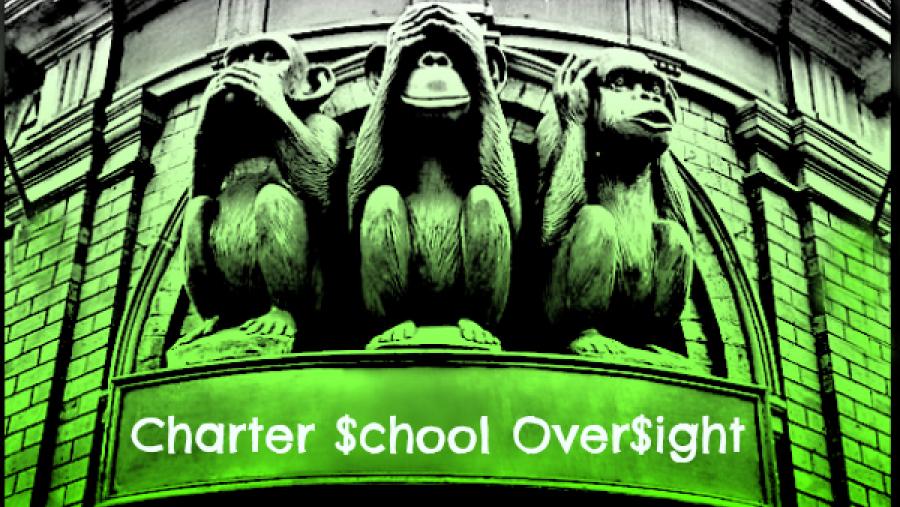Exposed by CMD: KIPP's Efforts to Keep the Public in the Dark while Seeking Millions in Taxpayer Subsidies

By Lisa Graves and Dustin Beilke
Charter schools are big business, even when they are run by "non-profits" that pay no taxes on the revenue they receive from public taxes or other sources.
Take KIPP, which describes itself as a "national network of public schools."
KIPP (an acronym for the phrase "knowledge is power program") operates like a franchise with the KIPP Foundation as the franchisor and the individual charters as franchisees that are all separate non-profits that describe themselves as "public schools."
But how public are KIPP public schools?
Not as public as real or traditional public schools.
New documents discovered on the U.S. Department of Education's website reveal that KIPP has claimed that information about its revenues and other significant matters is "proprietary" and should be redacted from materials it provides to that agency to justify the expenditure of federal tax dollars, before its application is made publicly available.
So what does a so-called public school like KIPP want to keep the public from knowing?
1. Graduation and College Matriculation Rates
KIPP touts itself as particularly successful at preparing students to succeed in school and college.
Yet, it insisted that the U.S. Department of Education keep secret from the public the statistics about the percentage of its eighth graders who completed high school, entered college, and/or who completed a two-year or four-year degree.
A few years ago, professor Gary Miron and his colleagues Jessica Urschel and Nicholas Saxton, found that "KIPP charter middle schools enroll a significantly higher proportion of African-American students than the local school districts they draw from but 40 percent of the black males they enroll leave between grades 6 and 8," as reported by Mary Ann Zehr in Ed Week.
Zehr noted: "'The dropout rate for African-American males is really shocking,' said Gary J. Miron, a professor of evaluation, measurement, and research" at Western Michigan University, who conducted the national study.
Miron's analysis was attacked by KIPP and its allies, who said KIPP's success was not due to the attrition of lower performing students who leave the school or move to other districts. One of its defenders was Mathematica Policy Research, whose subsequent study was used to try to rebut Miron's analysis. (That name will be important momentarily.)
The Department of Education has been provided with the data about what percentage of KIPP students graduate from high school and go on to college, but it is helping KIPP keep that secret—despite the public tax dollars going to these schools and despite KIPP's claim to be operating what are public schools.
Real public schools would never be allowed to claim that high school graduation rates or college matriculation rates are "proprietary" or "privileged" or "confidential."
Why does the Education Department's Charter School Program "Office of Innovation and Improvement" defer to KIPP's demand to keep that information secret from the public?
Meanwhile, the KIPP Foundation regularly spends nearly a half million dollars a year ($467,594 at last count) on advertising to convince the public how great its public charters are using figures it selects to promote. No public school district in the nation has that kind of money to drop on ads promoting its successes.
2. Projected Uses of Federal Taxpayer Dollars (and Disney World?)
Even as KIPP was seeking more than $22 million from the federal government to expand its charter school network, it insisted that the U.S. Department of Education redact from its application a chart about how much money would be spent on personnel, facilities, transportation, and "other uses" under the proposed grant. KIPP also sought to redact the amount of private funding it was projecting.
The agency's compliant Office of Innovation and Improvement obliged KIPP.
However, after the grant was approved, KIPP did have to comply with IRS regulations to file a report on its revenues
- See more at: http://www.prwatch.org/news/2016/04/13096/exposed-cmd-kipps-efforts-keep-public-dark-while-seeking-millions-taxpayer#sthash.E4vC0EFc.dpuf